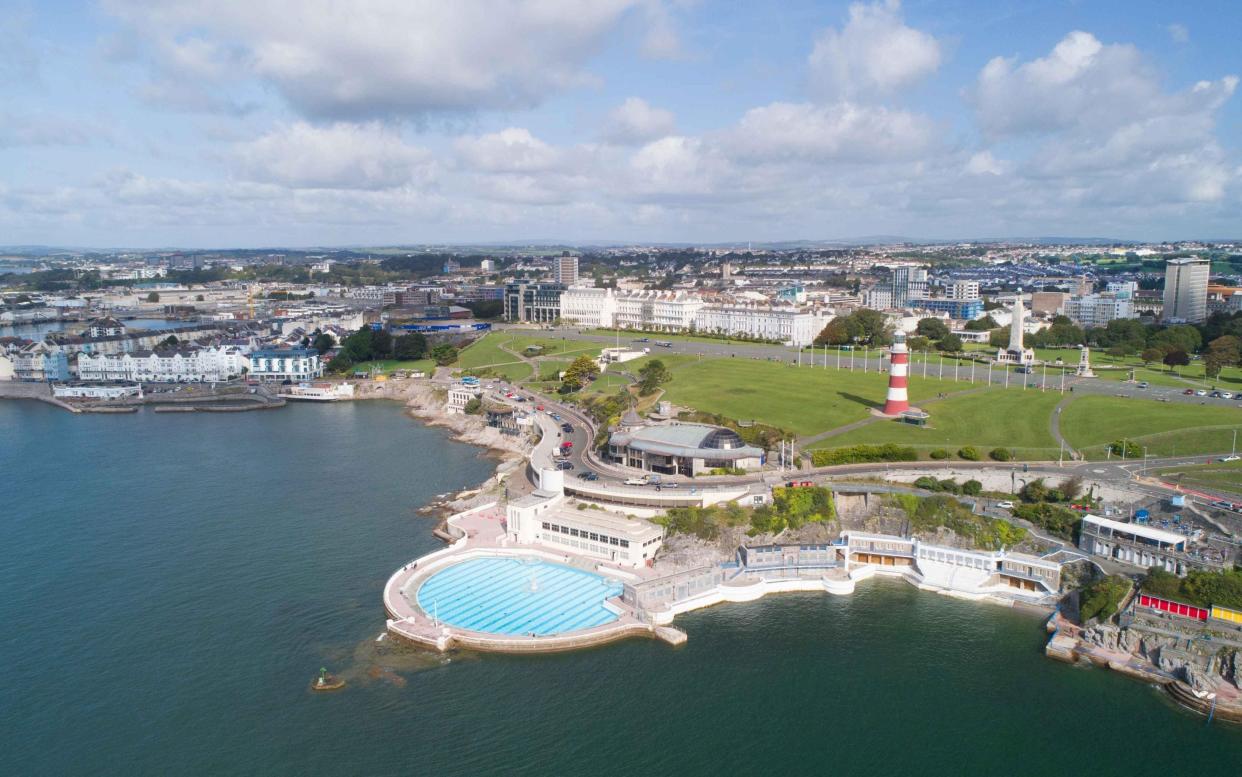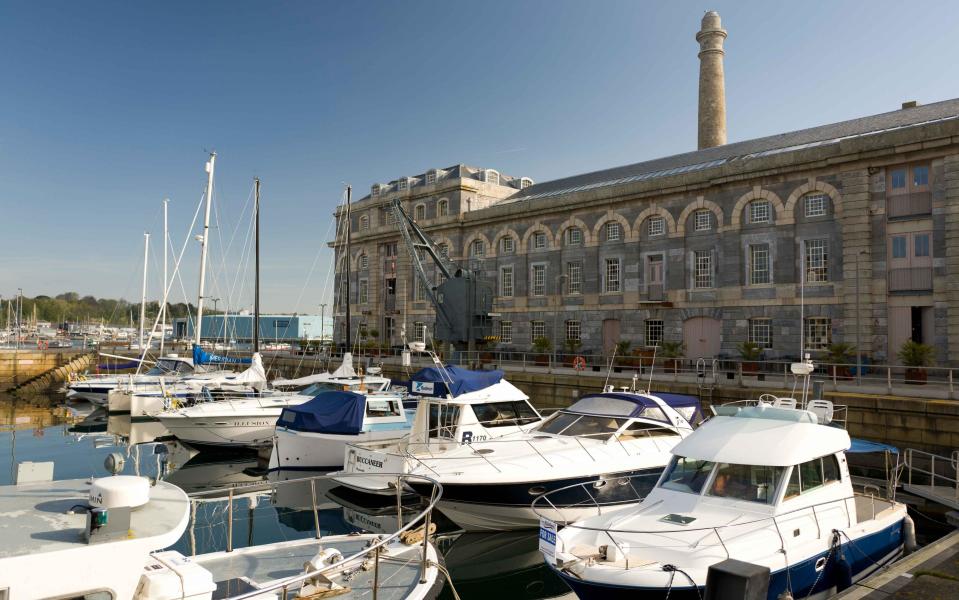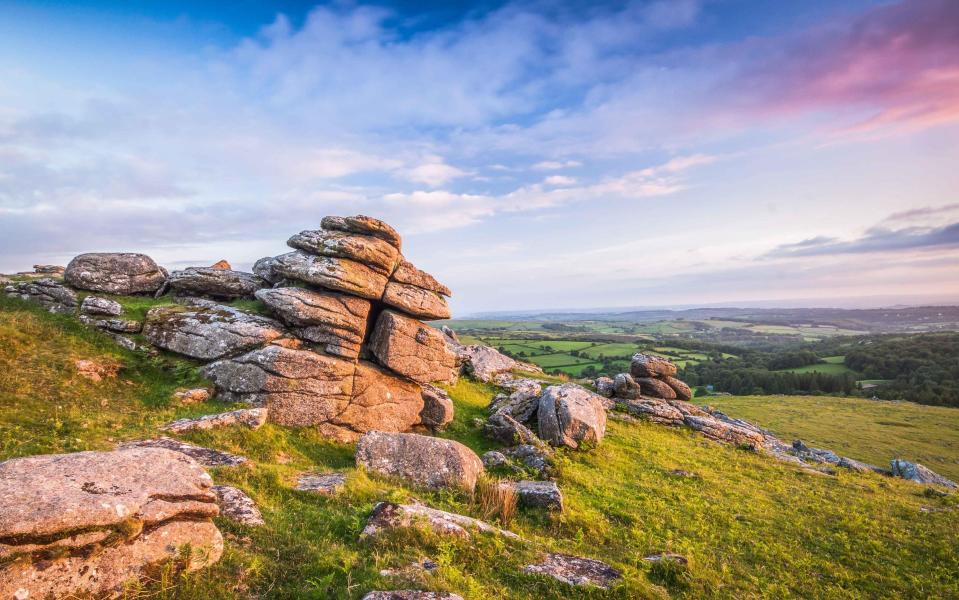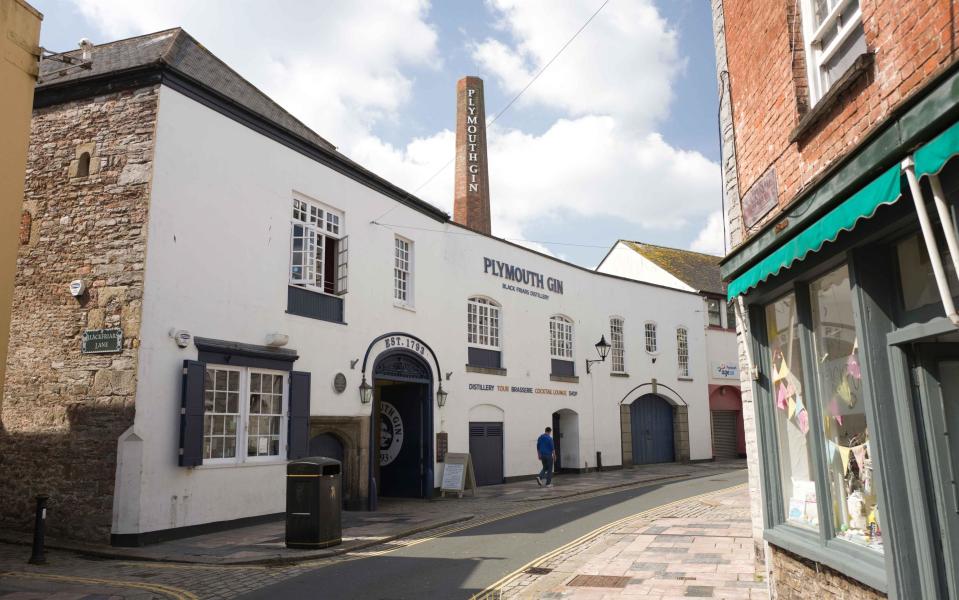Devon's largest city, packed with seafaring heritage – an expert port guide to Plymouth

With domestic cruises set to return from May 17, 2021, we take a look around this westerly port city that is the gateway to Cornwall
Why go?
Devon’s largest conurbation and the gateway to Cornwall is also the southwest’s self-styled “Ocean City”. Plymouth harbour and nearby Plymouth Dock, aka Devonport – now home to the Royal Navy’s largest base – were major points of departure for Atlantic voyages. Cruise passengers lucky enough to stop here get a sense of England’s seafaring heritage at every turn.
Cruise port location
Plymouth’s southern edge overlooks Plymouth Sound – often called just The Sound, which is well protected from the elements. Cruise vessels enter here. Some anchor in the Sound and use tenders while smaller vessels can be moored at Millbay Docks, to the west of the city centre – also used by ferries connecting Plymouth with destinations in Brittany and Santander, Spain. Plymouth will soon become a turnaround port for some cruises rather than a mere stopover.
Can I walk to any places of interest?
Because of the Tamar river and lots of separate docks it’s not that easy to walk from Millbay to the centre. The nearby Royal William Yard, built by architect John Rennie between 1825-31, boasts the largest collection of Grade I-listed military buildings in Europe; lots of the grand old edifices today house bars and restaurants. It takes half an hour to walk from here to The Hoe or to the city centre.
Getting around
Most cruises stopping here will provide transport and guides. If you are going solo, there are taxis around the ferry terminal. It's just over five minutes to the Hoe by car.

What to see and do
Plymouth is not a huge city but its attractions are quite spread out. Most are found along the front, as you’d expect of an ocean-facing city. The Hoe is a grand esplanade with lovely views of The Sound – with Drake Island at its centre – and of the gardens of Mt Edgcumbe House and Country Park to the west and the peninsular outcrop of Mount Batten to the east.
What can I do in four hours or less?
Walking across The Hoe is a must. On a sunny day it affords beautiful views over The Sound and the art deco Tinside lido. Devon-born Francis Drake, who is said to have finished a game of bowls on the green here before setting off to defeat the Spanish Armada, is immortalised in an imposing statue. Another important landmark is the red and white striped 72-foot-high lighthouse built by John Smeaton, originally erected over the treacherous Eddystone reef in the English channel in 1759 and relocated here in 1880.
At the eastern end of the Hoe is the Royal Citadel, an impressive 17th-century fortress in Britain, now occupied by the troops of 29 Commando Royal Artillery. Just a short walk down from here is the area known as The Barbican: overlooking Sutton Harbour, the city’s original port, full of narrow cobbled streets lined with Elizabethan-era warehouses. It’s a great place to grab a coffee or a bite to eat. The city’s aquarium is found just across a pedestrian bridge around the marina.
Plymouth City Museum and Art Gallery contains maritime displays that include important Napoleonic bone ship models and model guillotines, and an extensive collection of photographs.
Plymouth is a mishmash of retail spaces and mainly modern buildings. From 1940-44 the Luftwaffe basically razed the original city. The central area around the 14-storey former Civic Centre, built in 1962 and Grade II-listed in 2007, is notable for its reinforced concrete structures, piazzas and symmetrical boulevards; architcture buffs admire it as one of the last examples of Beaux-Arts town planning – but under the soggy southern sky it is no Brasilia.

What can I do in eight hours or less?
With twice the time you might like to stay a while longer in the Barbican, where the Plymouth Gin Distillery, opened in 1793 – making it the oldest working distillery in England, does a range of tours. Booking is advisable.
North of Plymouth is Dartmoor, which contains a large national park protecting upland environments. The higher areas are made up of peat bogs and grassland – much of it heavily grazed – occasionally broken by granite outcrops known as tors. The weather is always cooler up here and the wind and rain can blow in without warning. For hikes or picnics, Tavistock is a good base at the Plymouth end of Dartmoor.
If it’s a wet/cold day, you might like to spend some time at the National Marine Aquarium, which has a 17 fish tanks containing some 400 marine species. Exhibits are divided into four main zones: Plymouth Sound, British Coasts, Atlantic Ocean and Blue Planet.
Eat and drink
The Barbican is home to several cafés and pubs and also a string of fish and chip shops, including award-winning locales. With Cornwall just across the Tamar river, Cornish pasty shops are easy to find. More refined dining can also be found around the edge of the Barbican.

Don’t leave Plymouth without…
Navy-strength (57 per cent) Plymouth Gin is a nice tipple for anyone boarding a ship here. You can find a range of local crafts, makers and outlets at madeinplymouth.org.
Need to know
Flight time
Plymouth airport is currently closed. Exeter and Newquay are the closest (though Flybe’s demise makes train and coach services far more useful right now).
Safety
Plymouth is not a major crime hotspot. As ever, take care when using ATMs at night. The Barbican and other pub-lined districts can be a bit lairy on Friday and Saturday evenings.
Best time to go
There is no specific cruise season in Plymouth. Summer and its shoulders are the best times to be in the city, as it is exposed to Atlantic weather. Take a raincoat whatever the time of the year. The Hoe is often breezy verging on gusty.
Closures
Most museums close Sundays. Some restaurants close either on Sunday or Monday. Check with individual venues re coronavirus-related closures.
There are travel restrictions in force throughout the UK governing trips both within the country and abroad. For more information, see gov.uk/coronavirus.

